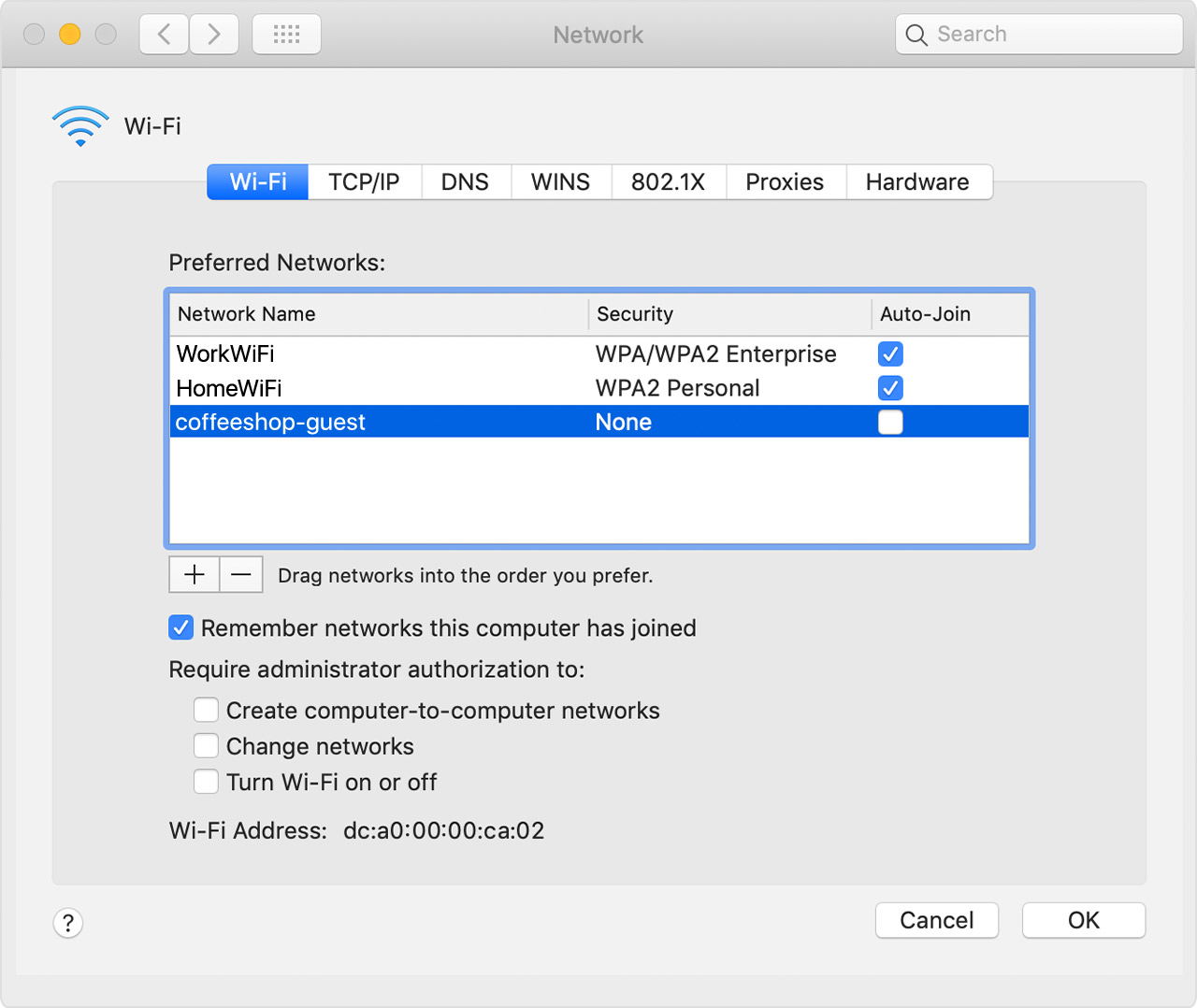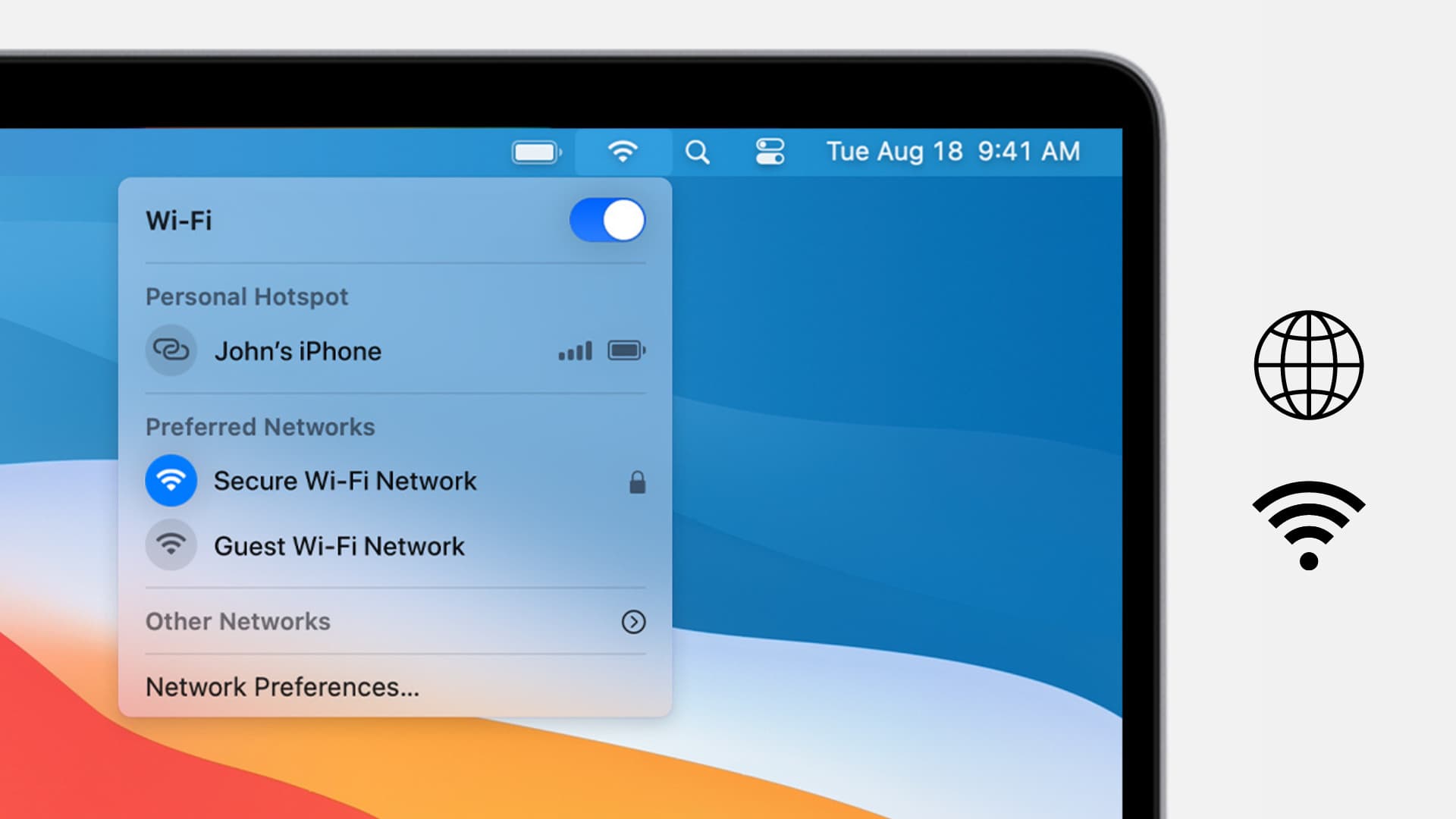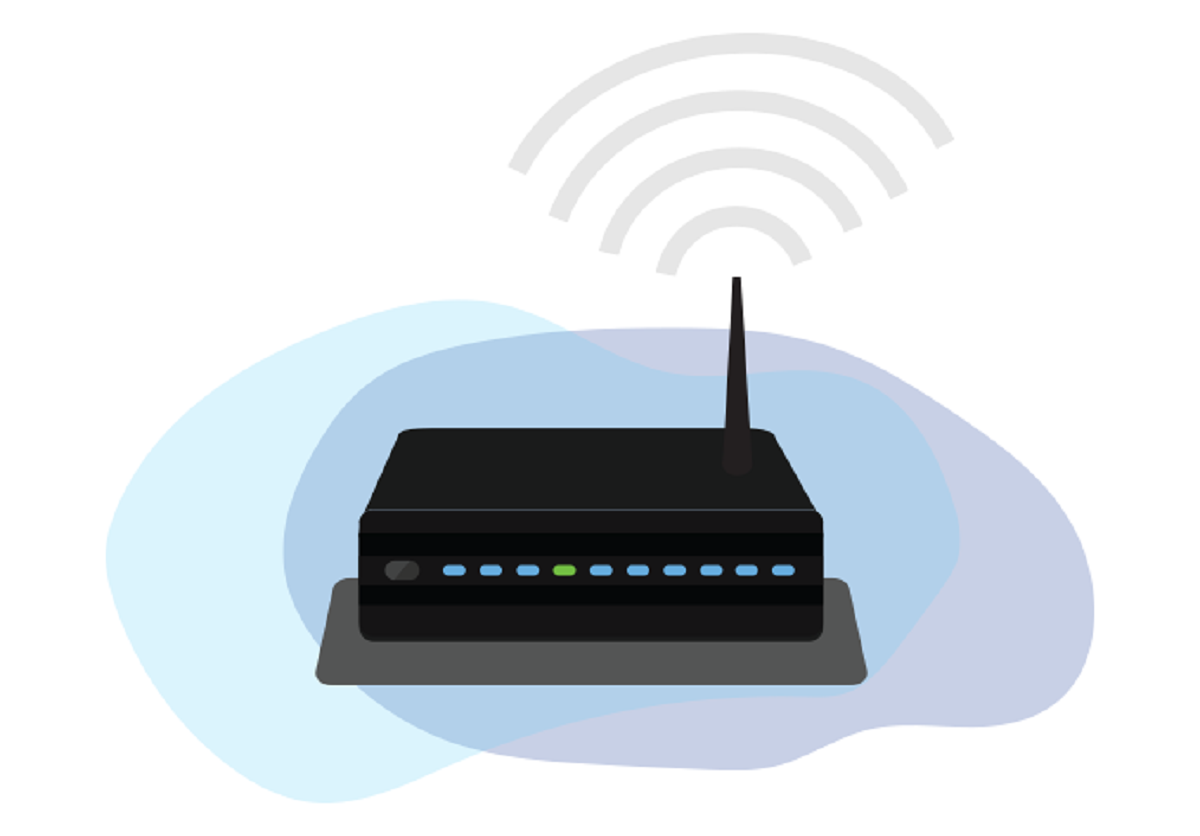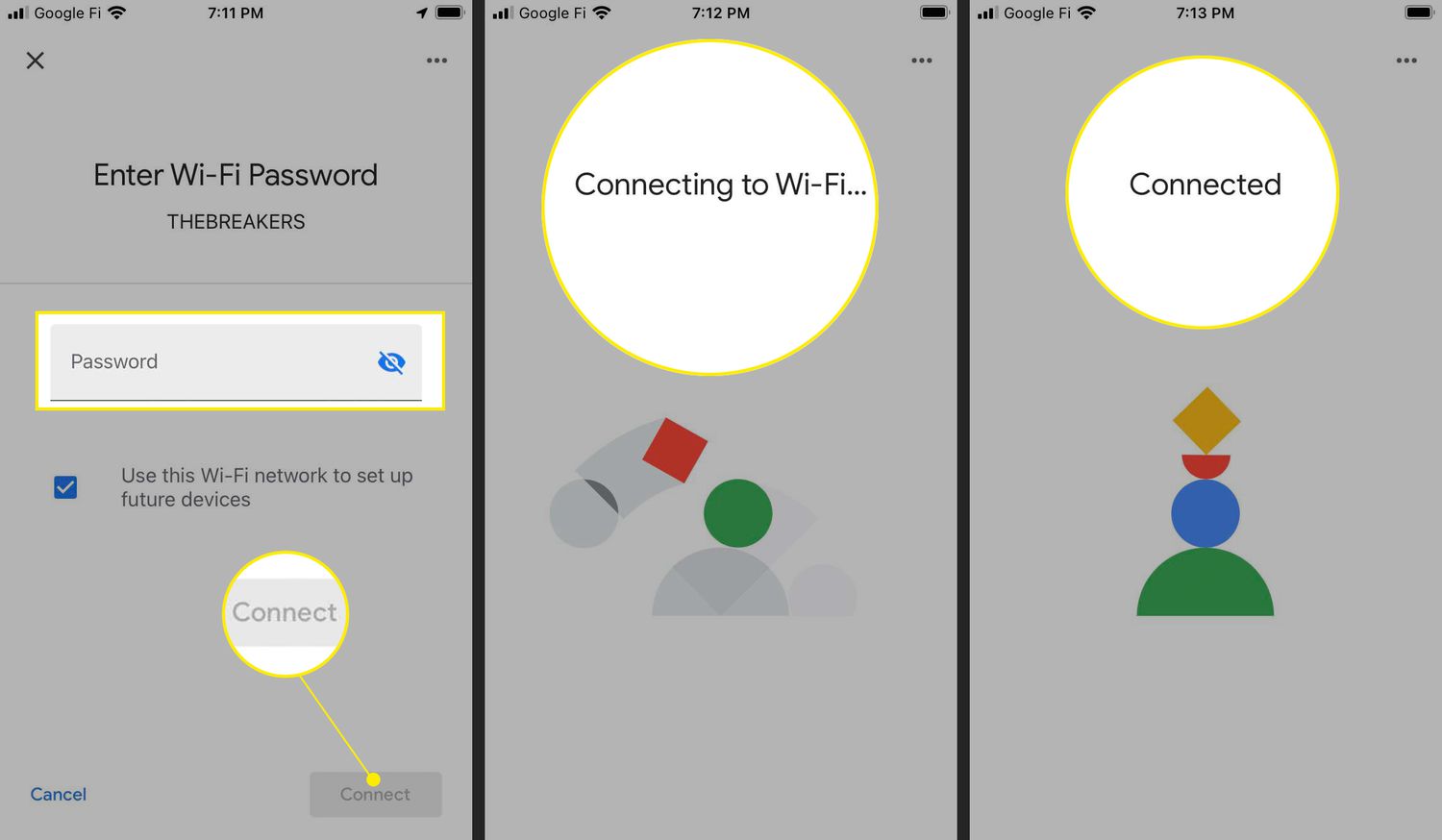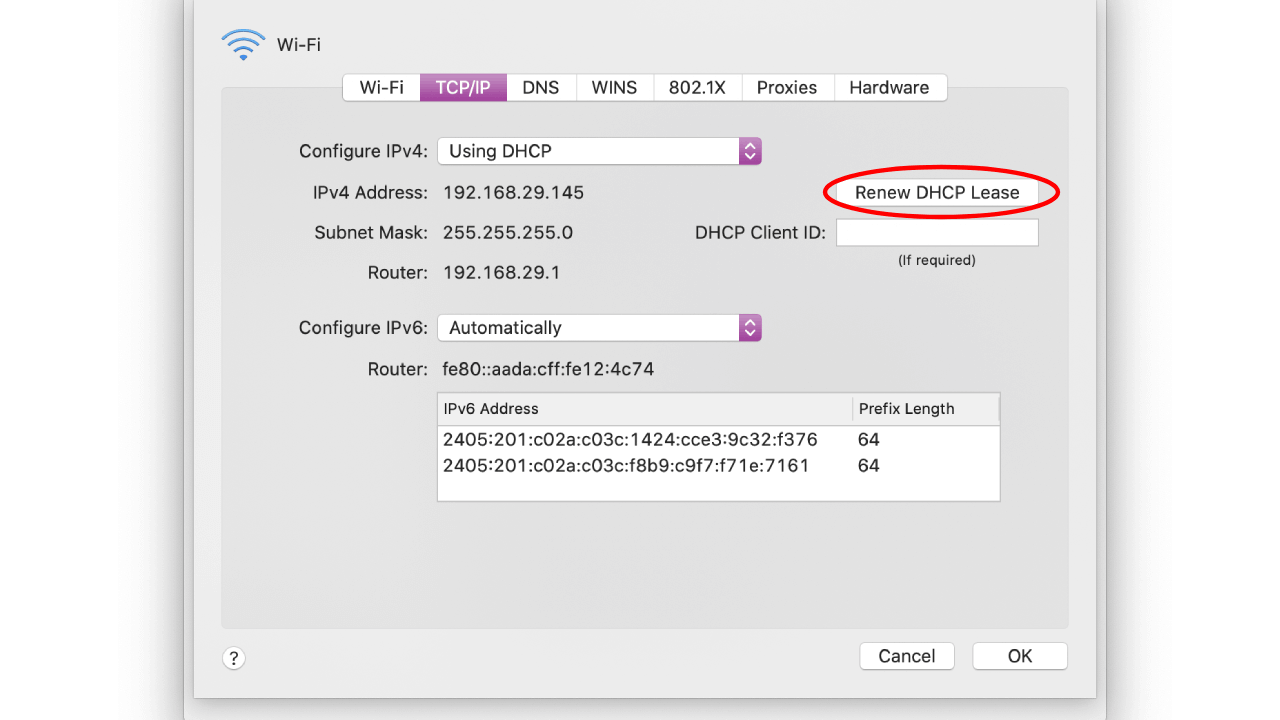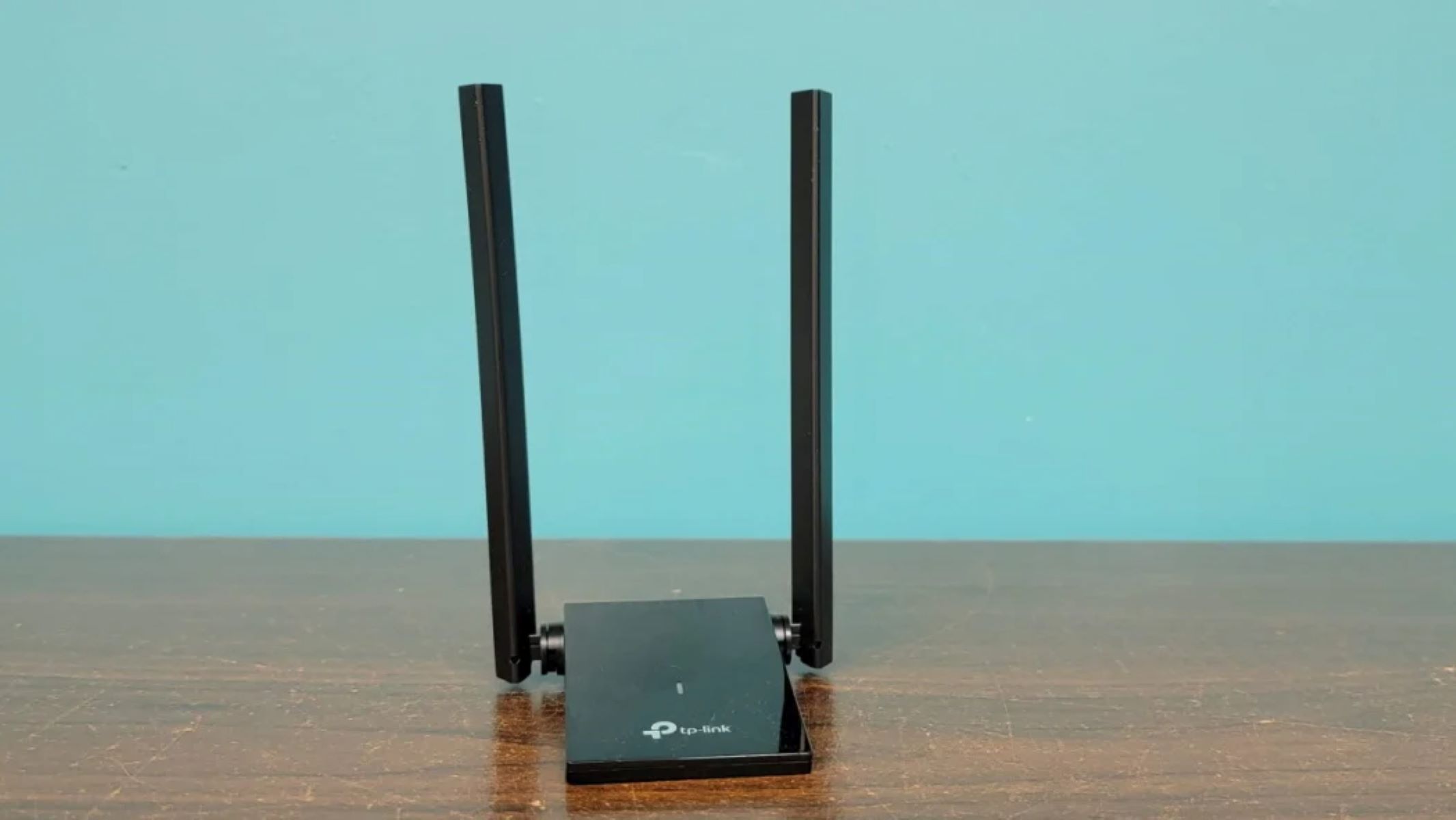Introduction
Welcome to the digital age, where Wi-Fi networks have become an essential part of our daily lives. Whether it’s at home, work, or even in public spaces, we rely on Wi-Fi to connect our devices to the internet. However, there may be instances where you want to forget a Wi-Fi network on your Mac. Maybe you no longer use that network, have changed your password, or simply want to declutter your list of saved networks. In this article, we’ll explore different methods to help you forget Wi-Fi networks on your Mac.
Forgetting a Wi-Fi network on your Mac not only removes it from your list of saved networks but also prevents your device from automatically connecting to it in the future. This can be especially useful if you have encountered connectivity issues or security concerns with a specific network. By forgetting the network, you can start fresh and improve the overall performance and security of your Wi-Fi connections.
Throughout this article, we’ll walk you through three different methods to forget Wi-Fi networks on your Mac. The first method involves using the Network Preferences settings, a user-friendly approach suitable for most Mac users. The second method utilizes Keychain Access, a more advanced technique that allows you to manage saved passwords and certificates on your device. Lastly, we’ll explore a method using the Terminal, which is a command-line interface for advanced users who prefer a more hands-on approach.
Now that you understand the importance of forgetting a Wi-Fi network and the different methods we’ll be covering, let’s dive in and get your Mac network list nice and tidy. Whether you’re looking to optimize performance, improve security, or simply clear out unnecessary clutter, we’ve got you covered with step-by-step instructions for each method.
Why would you want to forget a Wi-Fi network on your Mac?
Before we delve into the different methods to forget a Wi-Fi network on your Mac, let’s discuss why you might consider doing so. There are several scenarios where forgetting a Wi-Fi network can be beneficial:
- Network connectivity issues: If you have experienced frequent disconnections, slow speeds, or other connectivity problems with a specific Wi-Fi network, forgetting it can help alleviate these issues. By removing the network from your saved list, your Mac won’t automatically attempt to connect to it, eliminating potential connection conflicts.
- Security concerns: If you suspect that a Wi-Fi network you previously connected to is not secure or could potentially compromise your personal information, it is wise to forget that network. Forgetting the network ensures that your Mac won’t automatically connect to it, reducing the risk of exposing sensitive data.
- Changed network credentials: If the password for a Wi-Fi network has been updated, or you have switched to a different Wi-Fi network with the same name, it is essential to forget the old network. Failure to do so can result in incorrect authentication attempts and prevent your Mac from connecting to the new network.
- Clearing clutter: Over time, your list of saved Wi-Fi networks can become cluttered with networks you no longer use or come across. Forgetting unnecessary networks can help declutter your network list, making it easier to find and connect to the networks you actually use regularly.
By forgetting a Wi-Fi network on your Mac, you can address connectivity issues, prioritize security, and keep your network list organized. Now that we understand the reasons behind forgetting a Wi-Fi network, let’s explore the different methods to accomplish this task.
Method 1: Using Network Preferences
Forgetting a Wi-Fi network on your Mac can be done easily through the Network Preferences settings. This method is user-friendly and suitable for most Mac users. Here’s how to forget a Wi-Fi network using Network Preferences:
- Click on the Wi-Fi icon in the menu bar at the top right corner of your Mac’s screen. A drop-down menu will appear.
- Select “Open Network Preferences” from the drop-down menu. This will open the Network Preferences window.
- In the Network Preferences window, select “Wi-Fi” from the list of available network connections on the left side of the window.
- Click on the “Advanced” button located at the bottom right corner of the window. This will open the Wi-Fi settings.
- In the Wi-Fi settings window, select the “Wi-Fi” tab if it’s not already selected.
- Scroll through the list of Preferred Networks and find the Wi-Fi network that you want to forget.
- Select the network by clicking on it, and then click on the “- (minus)” button located below the list. This will remove the selected network from your list of Preferred Networks.
- Click on the “OK” button to save the changes.
Once you have followed these steps, the selected Wi-Fi network will be forgotten, and your Mac will no longer automatically connect to it. If you ever want to connect to the network again, you will need to manually enter the network’s password when prompted.
Using Network Preferences to forget a Wi-Fi network provides a simple and straightforward method for managing your saved networks. It allows you to quickly remove networks you no longer use or encounter connectivity issues with, providing you with better control over your Wi-Fi connections.
Method 2: Using Keychain Access
If you’re looking for a more advanced method to forget a Wi-Fi network on your Mac, you can use the Keychain Access utility. Keychain Access is a built-in application that manages the passwords, certificates, and other secure information stored on your Mac. Here’s how to forget a Wi-Fi network using Keychain Access:
- Open the “Applications” folder on your Mac and navigate to the “Utilities” folder.
- Locate and open the “Keychain Access” application.
- In the Keychain Access window, click on the “System” keychain located in the left sidebar.
- In the top-right search bar, type the name of the Wi-Fi network you want to forget.
- Double-click on the Wi-Fi network name in the search results to open its details.
- In the details window, click on the “Access Control” tab.
- Click on the “+” button below the “Always allow access by these applications” section.
- Find and select the “Wi-Fi” application from the list of applications.
- Click on the “Add” button to add the Wi-Fi application to the allowed list.
- Close the Keychain Access window.
By following these steps, you have successfully removed the Wi-Fi network’s access privileges from the Keychain Access utility. This means that your Mac will no longer automatically connect to the network, and if you attempt to connect in the future, you will be prompted to enter the network’s password manually.
Using Keychain Access to forget a Wi-Fi network provides more control and fine-grained management over your saved passwords and network access. It is particularly useful if you want to ensure that a specific network is completely removed from your system and prevent any automatic connection attempts.
Method 3: Using the Terminal
If you’re comfortable with command-line interfaces and prefer a more hands-on approach, you can use the Terminal to forget a Wi-Fi network on your Mac. Here’s how:
- Launch the Terminal application on your Mac. You can find it in the “Utilities” folder within the “Applications” directory.
- In the Terminal window, type the following command and press Enter:
networksetup -removepreferredwirelessnetwork <interface> <network_name> - Replace <interface> with the name of your Wi-Fi interface. You can obtain this information by typing
networksetup -listallhardwareportsin the Terminal and locating the Wi-Fi interface name. - Replace <network_name> with the name of the Wi-Fi network you want to forget.
- Once you have entered the command and replaced the necessary placeholders, press Enter. The Terminal will execute the command.
- You may be prompted to enter your administrator password. Type your password and press Enter. Note that while typing your password, you won’t see any characters on the screen.
After executing the command, the specified Wi-Fi network will be forgotten, and your Mac won’t automatically connect to it. If you want to reconnect to the network in the future, you will need to enter the password manually.
Using the Terminal to forget a Wi-Fi network provides a quick and efficient method for advanced users who prefer command-line interfaces. It allows for precise control over your network preferences and can be especially useful for managing multiple networks or automating certain tasks through shell scripts.
Conclusion
Forgetting a Wi-Fi network on your Mac can have various benefits, such as resolving connectivity issues, enhancing security, and organizing your network list. In this article, we explored three different methods to help you forget Wi-Fi networks on your Mac.
First, we covered the user-friendly method of using Network Preferences. This approach allows you to easily remove unwanted or problematic networks from your list of Preferred Networks, preventing your Mac from automatically connecting to them in the future.
Next, we discussed the more advanced technique of using Keychain Access. This utility enables you to manage saved passwords and access privileges for Wi-Fi networks. By removing a network’s access privileges, you can ensure that your Mac won’t connect to it automatically, providing an extra layer of security.
Finally, we explored using the Terminal, a command-line interface, for those who prefer a more hands-on approach. This method allows for quick and precise removal of Wi-Fi networks using a simple command, providing greater control over your network preferences.
Remember, the method you choose depends on your comfort level with technology and the level of control you desire over your Wi-Fi networks. Whether you prefer a user-friendly approach or a more advanced method, these techniques give you the power to forget Wi-Fi networks on your Mac, optimizing your performance, security, and overall user experience.
So, go ahead and apply the method that suits you best to streamline your network connections and ensure a smooth and secure Wi-Fi experience on your Mac.







